144 CD / Robert Schumann: Piano Quartet op. 47, Piano Quintet op. 44
Description
"Listening to [...] the insanely exciting version of the Auryn Quartet, bursting with color and imagination, with a rousing Peter Orth at the piano, one suddenly knows how this music is to be played and how glorious it can sound in the process. The Auryn Quartet not only shines here with their joy of playing, willingness to engage in dialogue and virtuosity, the musicians also impress with their phenomenal playing technique and absolutely balanced ensemble playing. This is chamber music at its best!" (Pizzicato)
10 reviews for 144 CD / Robert Schumann: Piano Quartet op. 47, Piano Quintet op. 44
You must be logged in to post a review.

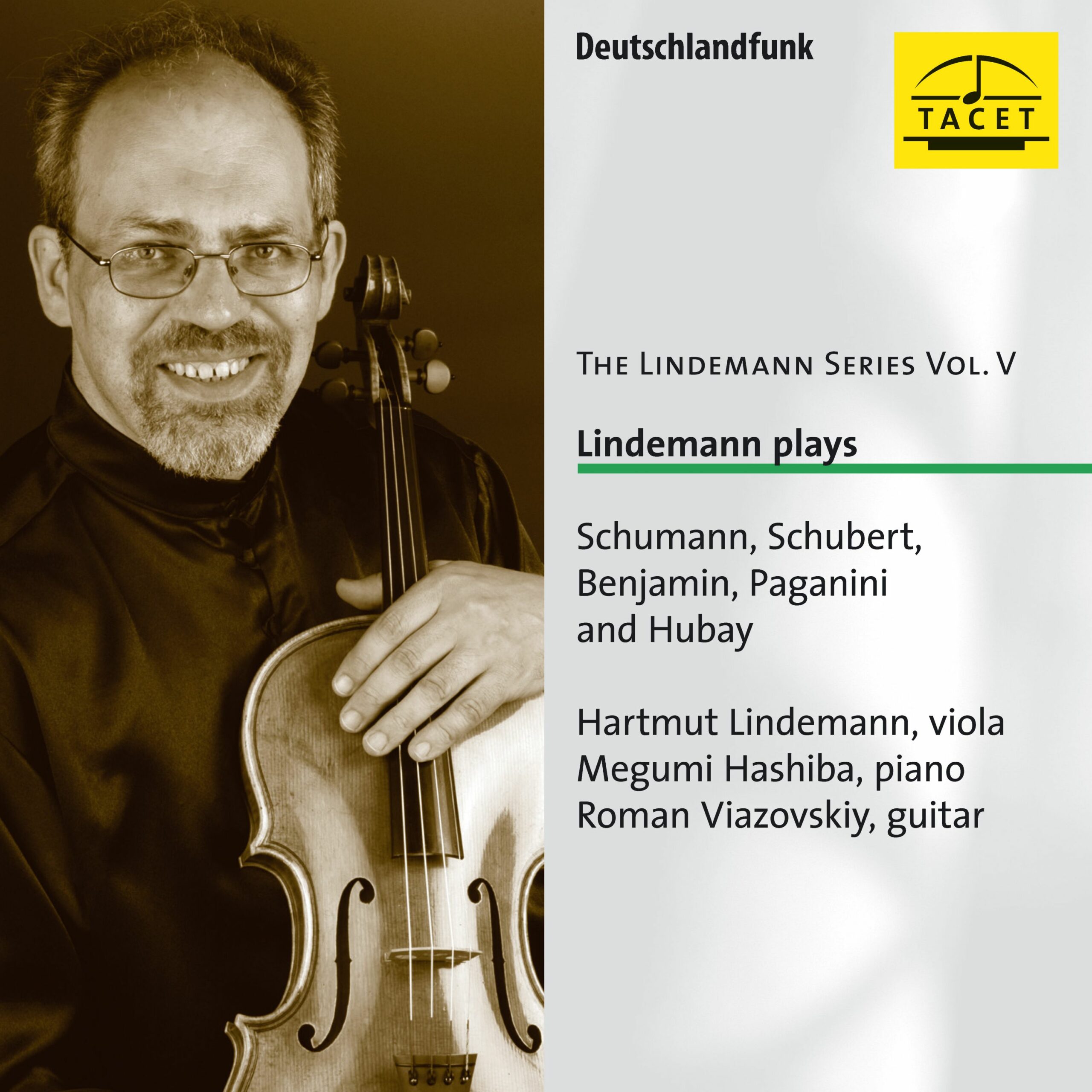
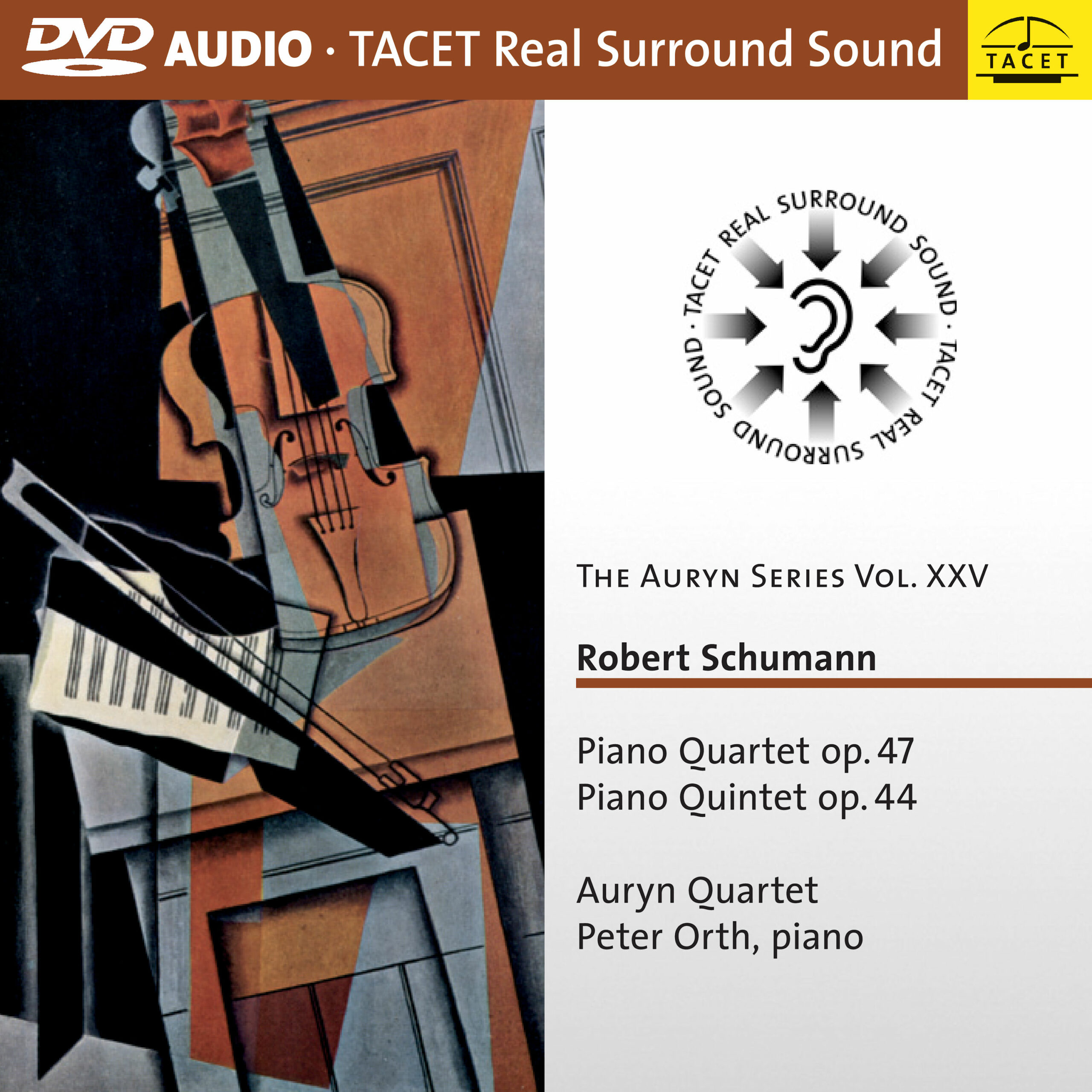
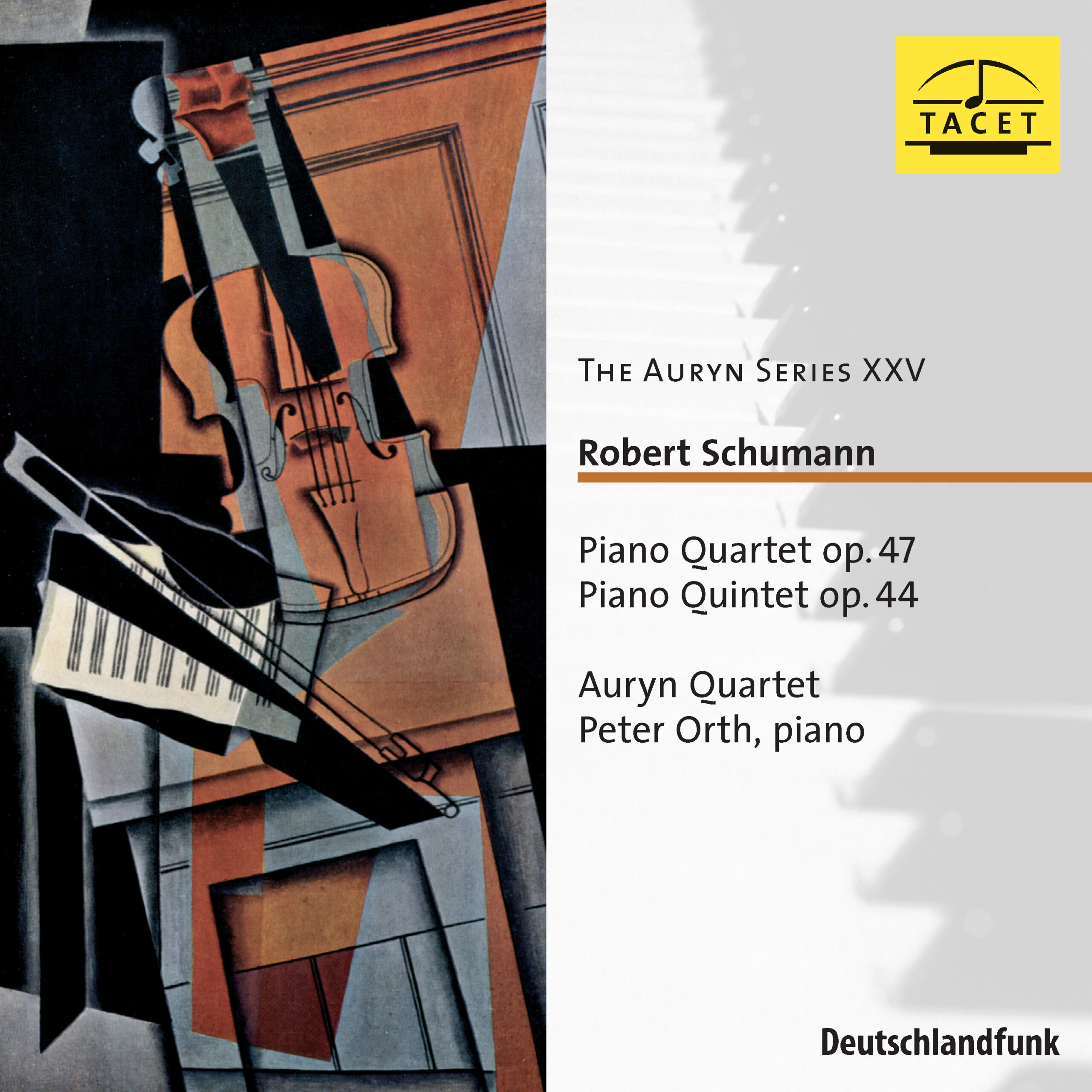
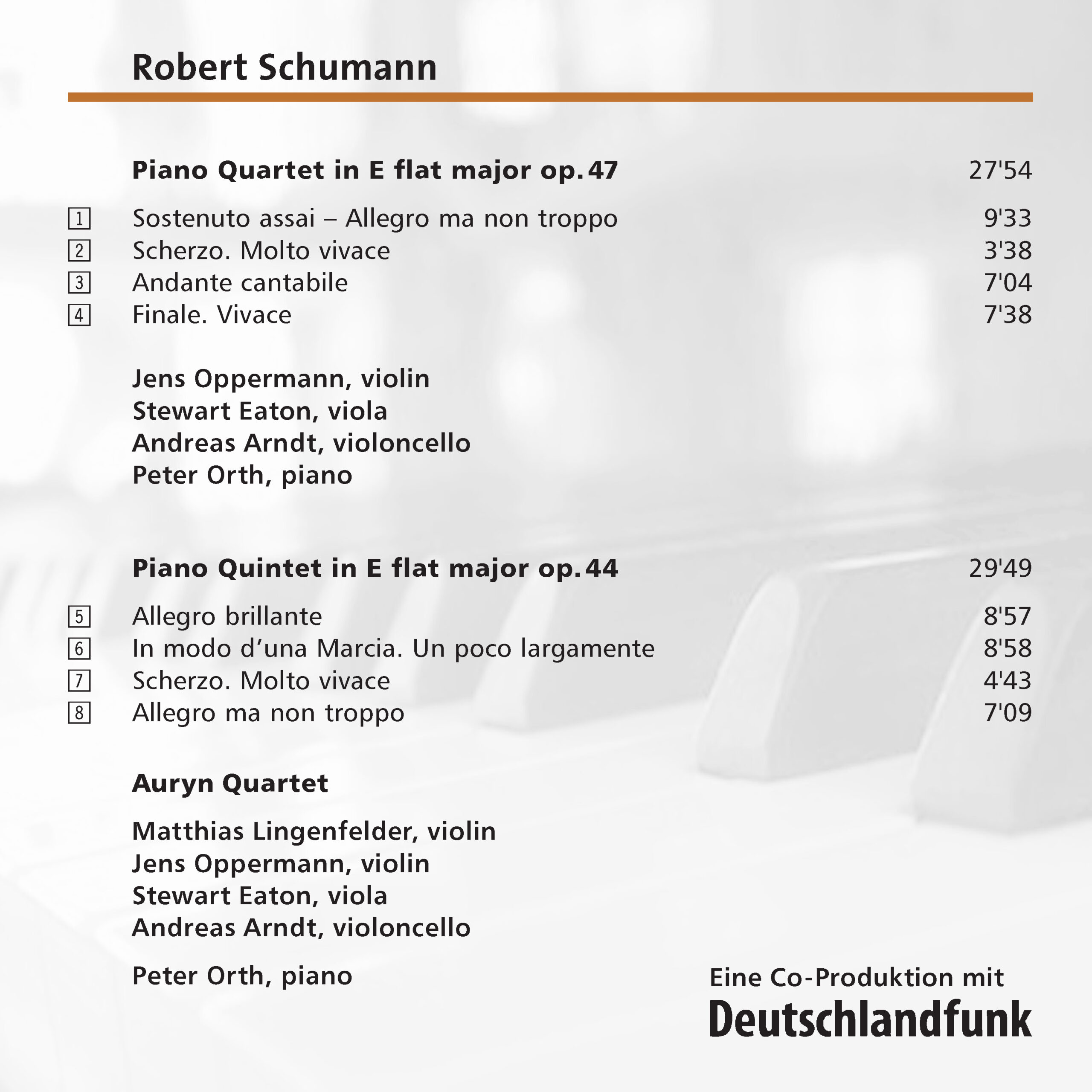



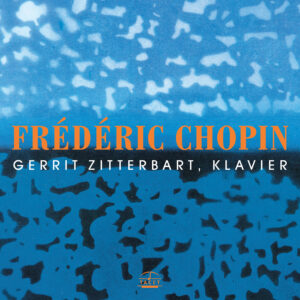
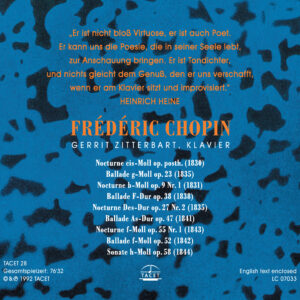
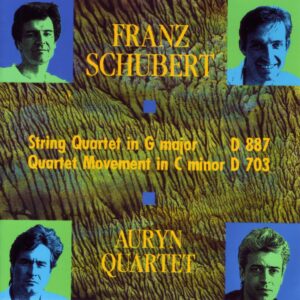
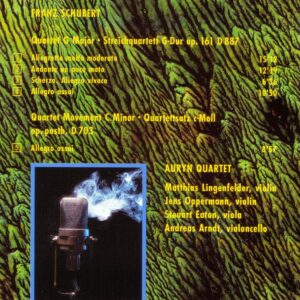
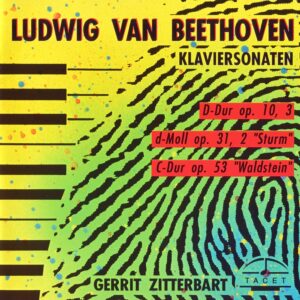
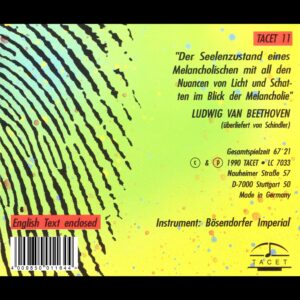


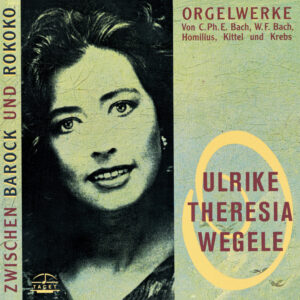
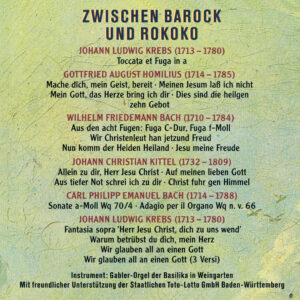
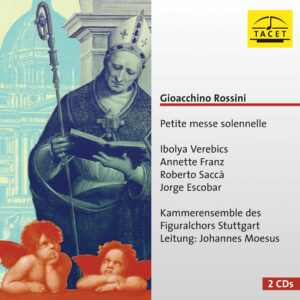
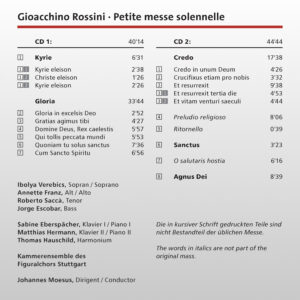
Fanfare-Magazin –
I was very hopeful when this release arrived in the mail. The Auryn Quartet is one of my favorites, and I will stack its ongoing Haydn series up against any on the market. Its range is also quite extensive, currently covering more than 150 quartets, including a cycle of Beethoven, though the performances have received mixed reviews in Fanfare.
This coupling of Schumann’s two most popular piano chamber pieces is in every way a winner. The quintet reminds me of the EMI Argerich and friends recording in its energy and determined propulsion through the bookend movements, while the mysterious and tragic slow movement gets a wonderfully lyrical reading that perhaps betrays some of the more funereal aspects of the score. The Scherzo is furious and scampering, exactly the way it should be. (...)
Steven E. Ritter
radio K1 –
(...) This string quartet (the Auryns), fully at home in every aspect of the Classical tradition, also shows a sure instinct for the sound world of Romanticism, managing – with flawless technical command – to unite intellect and emotional dedication in the most sensitive way.
Bayern 4 Klassik Radio, CD Umschau –
By contrast, the new recording of Schumann’s Piano Quartet by the nearly 30-year-old, renowned Auryn Quartet is distinguished by extraordinary lyrical sensitivity. In the natural pairing with the Piano Quintet, the musicians have now released it on their exclusive label, TACET, once again joining forces—as they did previously in Brahms’s Quintet—with the excellent American pianist Peter Orth. Orth’s piano playing is an event of touch, sensitivity, and flexibility. Listen, in the profoundly poetic interpretation by Peter Orth and members of the Auryn Quartet, to the central slow movement, Andante cantabile, from Schumann’s Piano Quartet—a true jewel in Schumann’s chamber music œuvre.
klassik.com –
--> original review
(...) It is a felicitous achievement that speaks from these two sets of four movements—each of them a heavyweight in its own right, and yet all perfectly balanced against one another. (...)
Neue Musikzeitung –
(...) By no means unknown, yet far too seldom heard in the concert hall, are the Piano Quartet Op. 47 and the Piano Quintet Op. 44, which the Tacet label (in co-production with Deutschlandfunk) has released in a recording with the Auryn Quartet and pianist Peter Orth (T 144). These are thoroughly successful interpretations, distinguished by an energetic approach to the music combined with the most sensitive shaping of sound, by clarity in the articulation of compositional development, by precision of phrasing, and by exemplary transparency in a sound image richly endowed with color.
Hans Herdeg
Pizzicato –
"Listening to [...] the insanely exciting version of the Auryn Quartet, bursting with color and imagination, with a rousing Peter Orth at the piano, one suddenly knows how this music is to be played and how glorious it can sound in the process. The Auryn Quartet not only shines here with their joy of playing, willingness to engage in dialogue and virtuosity, the musicians also impress with their phenomenal playing technique and absolutely balanced ensemble playing. This is chamber music at its best!" (Pizzicato)
Steff
Stereo –
CD of the Month - Audiophile Highlight of the Month
“Surprisingly,” remarked pianist Oliver Triendl only recently, who together with the concertmaster of the Vienna Philharmonic, Daniel Gaede, founded the “Tanmuz Piano Quartet,” “the concert world has to this day not given the piano quartet the attention it deserves.”
That may be true from the musicians’ perspective, yet there are far more piano quartet ensembles and a much larger repertoire than one might think at first glance. And if one does not wish to found a piano quartet of one’s own, one simply borrows an excellent pianist such as Rudolf Serkin’s pupil Peter Orth—just as the Auryn Quartet has done here for its highly successful recording of Schumann’s Piano Quartet Op. 47 and Piano Quintet Op. 44.
Extremely delicate already is the unison of violin and piano in the Sostenuto introduction of Op. 47. Intonational pitfalls such as these—into which the Auryn strings scarcely stumble—Schumann also creates later in the completely exposed parallel fifths of violin and cello. The first movement concludes powerfully and dramatically, the Scherzo presses forward with nervous urgency, and the song-like quality of the Andante emerges with utmost fragility.
The mood in the Piano Quintet is similarly passionate, yet here Peter Orth must yield the baton to the strings far more often than in the Piano Quartet. The secondary theme of the first movement is entirely the domain of the strings, with the piano at times merely building bridges. The slow, funeral-march-like movement, which Tchaikovsky once called a “complete tragedy,” attains such intensity and intimacy that it takes one’s breath away.
Helmut Peters
Klassik heute –
That the Auryn Quartet, founded in 1981, and the American pianist Peter Orth form an exceptionally well-rehearsed team has been demonstrated both in concert performances and on their award-winning first CD of Fauré’s Piano Quintets, as well as in the later recording of Brahms’s Quintet. Now, Schumann: the two great works in E-flat major from the extraordinarily productive chamber music year of 1842, in which inspiration and masterly craftsmanship combine to the happiest effect. The homogeneous, never harsh sound of the Auryn Quartet seems perfectly suited to Schumann’s poetic sonic world, and Peter Orth’s alert presence and sensitive touch give the strings ample room to unfold, so that no thought of a “disguised piano concerto” ever arises.
With care, the musicians allow both sides of Schumann’s character—the stormy Florestan and the sensitive Eusebius—to have their say. They never settle for superficial virtuosity; even in the lively movements there are frequent moments of pause and reflection. Using the sparsest means of sound, the funeral march of the Quintet generates enormous tension, which is released dramatically in the agitated middle section. In the first movement of the Quartet, the ensemble observes the Allegro “ma non troppo” marking, allowing the lyrical elements to dominate. The ghostly, fleeting Scherzo is carefully structured; despite all the molto vivace drive, the music is always allowed to breathe. In the Andante cantabile, every trace of sentimentality is carefully avoided, and in the Vivace finale the counterpoint is meticulously brought out.
The musicians eschew harsh attacks and outward brilliance. Their Schumann requires neither aggression nor showy force, instead displaying a rare balance of voices and a touching lyricism. As usual, Andreas Spreer has captured the sound in an exceptionally natural and lively manner.
Sixtus König
Ensemble –
It is immediately apparent: the Auryn Quartet, with their “fifth man” at the piano, Peter Orth, aims for a seamlessly blended sound. Accordingly, the musicians weave the voices tightly together in Schumann’s Piano Quintet. While one voice occasionally stands out as a leader, the piano does not truly take the lead, instead subordinating itself to the overall texture. The result is a sonic tapestry that is less focused on flashy outbursts within the structure than on the harmonic effects. Yet the soft tones that emerge are articulated so clearly that it is striking how accents are placed and how the dramatic design unfolds within the movements.
Here, it is phrasing that creates the intensity—not the tempo or drastic use of dynamics, but the finely sculpted agogics. This is fascinating and demonstrates immense inner trust among the musicians as well as a profound understanding of the expressive power of the music itself. With careful listening, one discovers balanced details that enhance the listening experience beyond the sheer delight in the music. The Piano Quartet is equally striking in the beauty of its sound, just as intoxicating in its seamless blend of instruments and their integration into a unified central expression.
A wonderful recording that shows everything the Auryn Quartet touches sounds convincingly honest and fresh!
Carsten Dürer
Audiophile Audition –
The 2007 Auryn Quartet inscriptions with Peter Orth, of the 1842 Schumann large pieces for chamber ensemble, remind us how experimental the medium appeared to the composer, who was just beginning to move out of the solo piano and lieder uses of the keyboard. After some amorphous harmonies from late Beethoven, a four-note motif dominates the first movement of the Piano Quartet, followed by rising and falling scales that complement an evolving sonata-form. The breadth and energy of the themes remains relatively intimate, however, even with its insistent jittery ostenati in the supporting figures and the relative brightness of Orth’s tone. The Scherzo fuses aspects of rondo and Mendelssohnian wispy interlude. Already Schumann likes to include two trios, a modus operand that he employs in his symphonic works. The delicacy of colors sparks the Auryn’s realization, crisp and serenely confident at once.
Cello Andreas Arndt and violin Matthias Lingerfelder couple most elegantly for the Andante cantabile, a marvelous hybrid of aria and hymn. The keyboard makes the ensuing, liquid progressions florid variants without losing the noble thread of melody that connects the whole. The diaphanous coda prefigures the opening of the elaborately worked out counterpoint of the Finale, where formal fugal structure might overwhelm the fountain of poetry. A few jarring syncopations and shifts of meter, however, and Schumann alleviates the academicism of the piece with furious and delightful invention. Orth’s plastic figures and sparkling tonal accuracy propel this brisk and facile collaboration to a witty and buoyant conclusion.
Orth and the Auryn players launch into the Piano Quintet, certainly the most beloved chamber work by Schumann. The swooping and dramatic figures of the first movement unfold in a seamless progression of march rhythms and two-note melodic kernels. The atmosphere abides in a plaintive nostalgia for a dream that all too quickly metamorphoses into its own dark side. Fierce modulations take us to the recapitulation, a really grand sound, symphonic in aspiration then a quiet whisper. The coda’s peroration leaves us breathless. What follows is that gloomy C Minor In modo d’una Marcia, used by Hollywood to augment many a Bela Lugosi melodrama. What we too often forget is the immaculate flowing beauty of the counter theme, Romanticism personified. The Auryn achieve almost a stasis of rhythm, the music suspended in some aether far from a fallen world. The second interlude explodes in polyphonic passion, inserting the funeral march into the viola (Stewart Eaton). With the reappearance of the limpid second theme we move into C Major, and we can claim with Donne that "Death, Thou shalt die!"
Torrential figures move up and down the scale for the Scherzo, with its two interludes. Those interludes themselves alternately resemble a gentle ballade and a furious etude in sixteenth notes. Beautiful balances in the piano and strings, courtesy of Andreas Spreer, capture the facile interplay of all parts. Another burst of energy - this time in G Minor - opens the last movement, whose richness of imagination embraces the first movement in transparent counterpoint. A colossal resolution pervades the Auryn’s realization of this movement, a fleet momentum that does not quit. The tonal struggles - E-flat and E Major - wend their way with a steady inevitability that the ensuing fugue only elaborates but does not impede. We feel that the ensemble relishes Schumann’s ingenious figures at every turn.
Gary Lemco